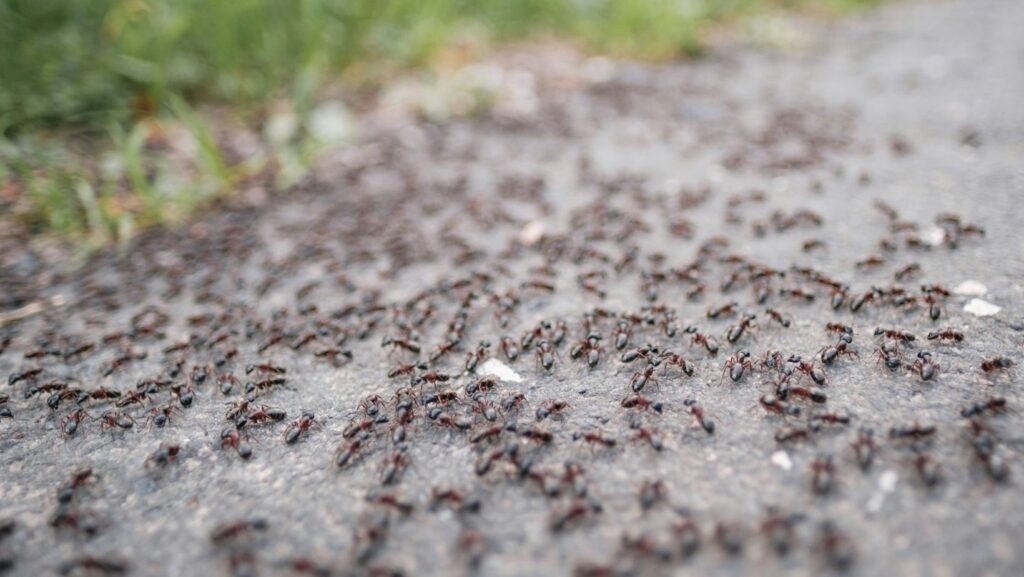Are creepy crawlies invading your space? Discover effective pest control methods you can implement today. From DIY solutions to professional services, learn how to protect your home and family from unwanted guests. This comprehensive guide will equip you with the knowledge to tackle common household pests safely and efficiently.
Pests can turn your dream home into a nightmare in no time. Whether it’s ants marching through your kitchen or rodents scurrying in the attic, these uninvited guests can cause damage, spread disease and disrupt your peace of mind. But fear not! With the right approach and tools, you can reclaim your space and keep pests at bay. Let’s dive into the world of effective pest control for homeowners.
Know Your Enemy: Identifying Common Household Pests
Before you can tackle a pest problem, you need to know what you’re up against. Common household pests include ants, cockroaches, rodents, termites and bed bugs. Each of these critters has unique habits and vulnerabilities. For example, ants are attracted to sweet and greasy foods, while rodents seek warm, dark spaces to nest. Understanding these behaviors is crucial for effective pest control.
And it’s not just about knowing what they like. You’ve gotta be able to spot the signs of an infestation. Droppings, gnaw marks and unusual odors are all red flags. If you’re seeing more pests than usual or noticing damage to your home, it might be time to call in pest removal services for a professional assessment.
DIY Pest Control: Simple Solutions for Minor Infestations
Sometimes, you can nip a pest problem in the bud with some simple DIY methods. Here are a few tricks to try:
- Seal entry points: Caulk cracks and crevices around windows, doors and pipes.
- Keep it clean: Regular cleaning and decluttering can eliminate food sources and hiding spots.
- Natural repellents: Use essential oils like peppermint or citrus to deter pests.
- Traps and baits: For small infestations, strategically placed traps can be effective.

Remember, prevention is key. By maintaining a clean, dry environment and sealing potential entry points, you can significantly reduce the likelihood of pest problems.
When to Call the Pros: Recognizing Serious Infestations
While DIY methods can work wonders for minor pest issues, some situations call for professional help. But how do you know when it’s time to bring in the big guns? Here are some signs that indicate a serious infestation:
- Persistent problems despite DIY efforts
- Visible damage to your home’s structure
- Health concerns due to pest-related allergens or diseases
- Large numbers of pests spotted regularly
In these cases, it’s best to contact a reputable pest control company. They have the expertise and tools to handle major infestations safely and effectively.
Eco-Friendly Pest Control: Protecting Your Home and the Environment
Nowadays, there’s a growing trend towards eco-friendly pest control methods. These approaches aim to minimize harm to beneficial insects and reduce the use of harsh chemicals. Some environmentally conscious options include:
- Biological controls: Using natural predators or parasites to control pest populations
- Plant-based pesticides: Derived from natural sources like neem oil or pyrethrin
- Physical barriers: Installing screens or using diatomaceous earth to deter pests
These methods can be just as effective as traditional pesticides when used correctly, and they’re often safer for pets and children.
Maintaining a Pest-Free Home: Long-Term Strategies
Keeping pests out of your home is an ongoing process. It’s not just about dealing with current infestations, but also preventing future ones.

Here are some long-term strategies to consider:
- Regular inspections: Check your home periodically for signs of pest activity
- Seasonal maintenance: Address potential pest issues before they become problems
- Landscaping: Keep plants and mulch away from your home’s foundation
- Education: Stay informed about common pests in your area and how to prevent them
By staying vigilant and proactive, you can create a home environment that’s inhospitable to pests and welcoming to you and your family.
